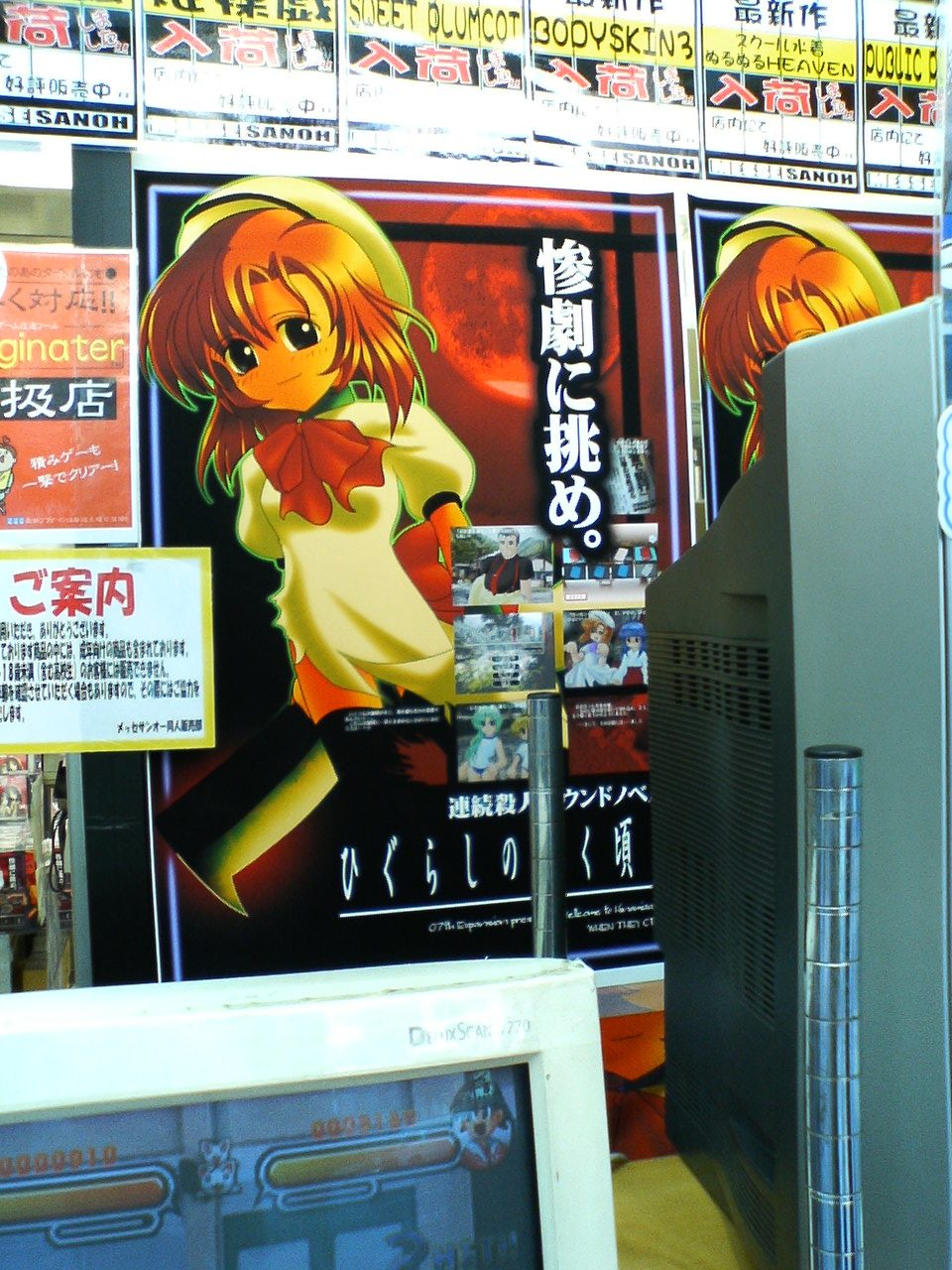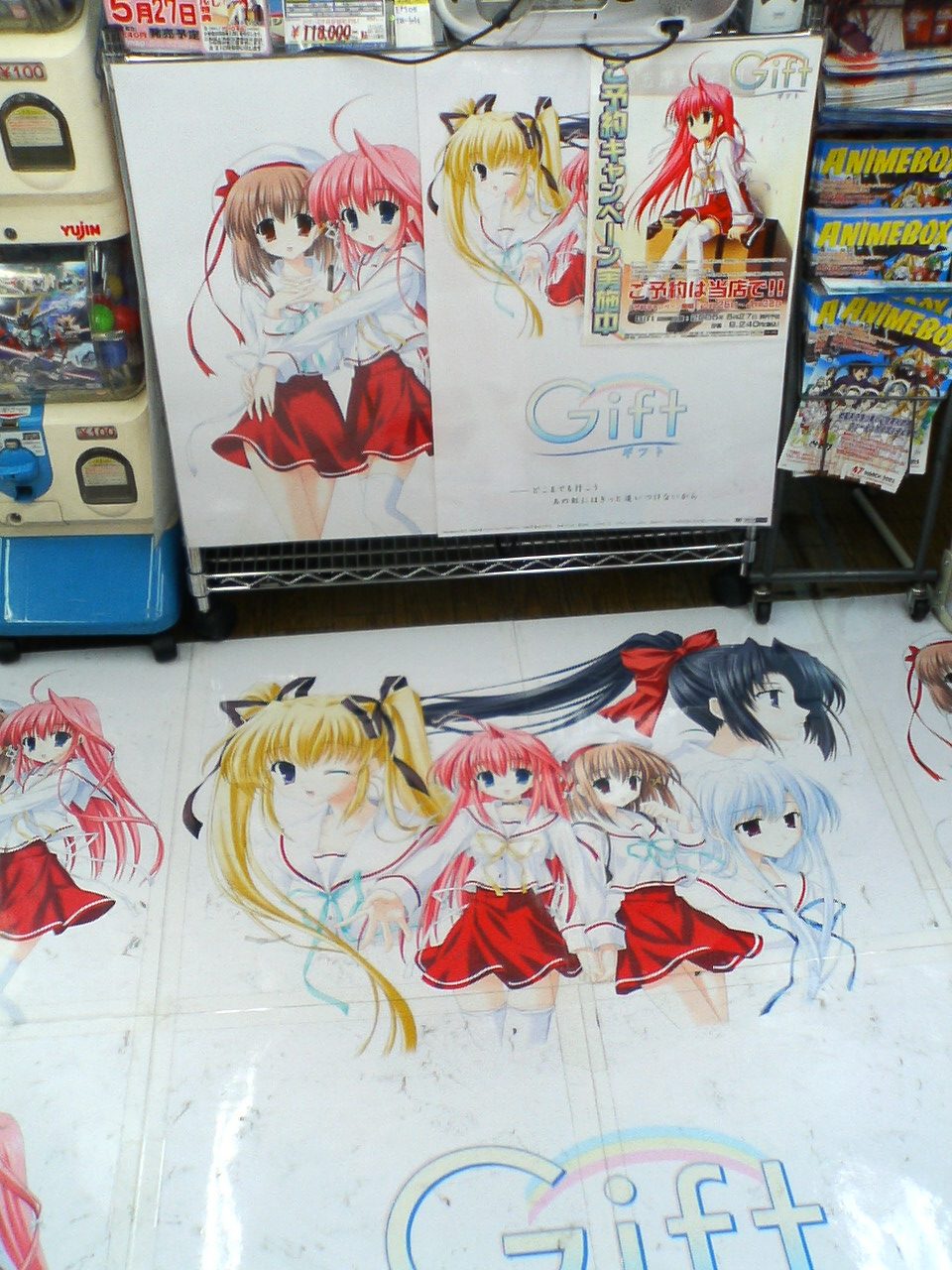論文データ(pdf)の表示・ダウンロードはこちら。
概要
本研究では、「萌え」をデザインするプロセスの提案を行いました。
一般に萌えとは、オタクがアニメやゲームの女性キャラクターを好きになることをいいます。この「萌え」は、サブカルチャーの文脈から論じられたことは度々ありますが、コミュニケーションデザインの視点から検討されたことは皆無でした。
そこで本研究では、萌えをコミュニケーションと捉え、コミュニケーション論/学や社会的相互作用論を参考にしつつ、その性質や特徴について分析し説明を行いました。次に具体的な社会現象の分析から萌えコミュニケーションのモデル化を試み、さらに萌えコミュニケーションの基本単位である萌えローグをモデル化することで、萌えをデザイン検討の対象とすることを可能にしました。
そのうえで今回は、萌えをデザインするプロセスの提案を行いました。萌えデザインを、萌えコミュニケーション・プロセスのデザインと定義し、デザインの目標を有効性と受容性の向上に定め、その達成に必要なユーザー参与型の評価手法を具体的に提示しました。
今回の研究で提案した萌えデザインのプロセスは、アニメやゲームのキャラクターデザインだけでなく、ユーザーインターフェースのエージェントや、コミュニケーションツールで運用されるアバターのデザインなどにも利用可能です。
Moe Design Principles
Click here to view and download PDF.
*So far, this paper is written in Japanese only.
Overview
In this research, I proposed a process for designing moe.
In general, moe means that otaku likes female characters in anime and games. This moe was often discussed in the context of subculture, but was never considered from a perspective of communication design.
Therefore, in this study, I considered moe as communication, and analyzed and explained its properties and characteristics while referring to communication theory and social interaction theory. Next, I tried to model moe communication by analyzing specific social phenomena, and by modeling moe rogue, which is the basic unit of moe communication, we made it possible to consider moe for communication design consideration.
Based on that, I proposed a process for designing moe. I defined moe design as design of moe communication process, set the goal of design to improve effectiveness and acceptability, and specifically presented the user-participated evaluation method necessary to achieve it.
The moe design process I proposed in this study can be used not only for character design of animation and games, but also for user interface agents and avatar designs used in communication tools.
付記
これは2005年に書いた論文です。学会誌等に投稿したものではなく、個人的に書いたものです。
2019年の今、改めて読むと取り上げた現象など古さを感じる記述もありますが、論じているモデル化やデザインプロセスは今でも通用すると思い、ここに再公開しました。
以下は、論文執筆当時の14~15年前、良く遊んでいた秋葉原で撮影した写真です。参考までに。
Appendix
This is a paper I wrote in 2005. I wrote it in my personal activities, and did not post to academic journals.
Now (in 2019), when I read this paper again, there are descriptions that feel old, such as the phenomena that I took up.
However, I thought that the moe modeling and moe design process that I described is still valuable. Therefore, I republished here.
The following photos were taken by me in Akihabara where I played a lot 14-15 years ago when I wrote the paper. In reference.






















